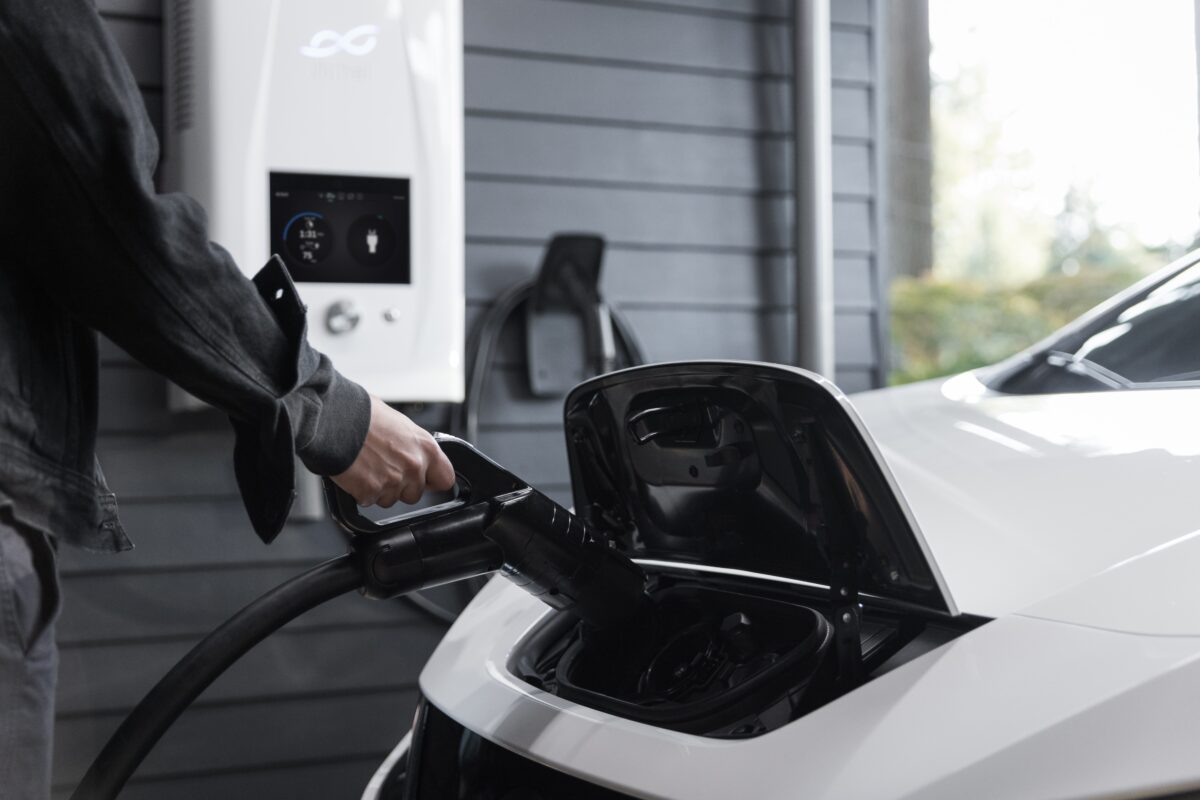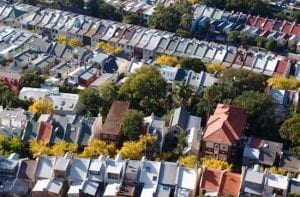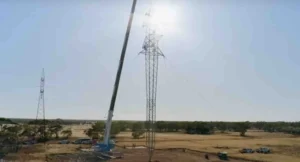Australia has a lot of rooftop solar and thanks to smart metres, a lot of data on household energy use, but that data is not filtering up to policy and rule makers, says the Energy Security Board (ESB).
This is the issue at the heart of the board’s latest study: how to get that consumer energy resource data out of distributors’ black boxes and in the hands of the agencies in charge of planning and managing the grid.
“Decision-makers across the sector need better access to data… Changes are needed to enable accessing and sharing of data to support efficient decision-making,” the EBS said.
“Emerging technologies and services increasingly depend on better use of data and digitalisation to be affordable, reliable and sustainable. Unlocking access to data is critical to improving consumer outcomes through more efficient planning, lower costs, reduced consumer risks and increased innovation.”
The concern is that in most cases around the National Energy Market (NEM), consumer energy resources such as roof-top solar, batteries, electric vehicles (EVs) and active demand management are invisible to regulators.
It’s making managing the changing demand-supply balance in localised low-voltage distribution networks increasingly challenging, and hampering efforts to have local grids operate to their best capacity.
Behind the pack?
The ESB’s new study will seek to figure out which data sets rule and policy makers need in order to manage consumer energy resources on low voltage networks, test how easy it is to access that data, then propose how the new data sharing arrangement will work.
Solar Edge technical director James Sturch says the ESB is trying to find a way to encourage networks to require CSIP-AUS communication and visibility architecture in new inverters — the same technology that South Australia’s rules are built around — without actually trying to mandate it.
“A huge amount of data exists but it’s not collated anywhere and not all the networks necessarily have access to it,” he says.
“This could be smart metre data, which is really consumer data on an asset they pay for on their behaviour, but they aren’t entitled to look at. Or it’s data that would be useful to regulators but owned by network providers.”
What the ESB would prefer are situations like in Victoria, where the Solar Victoria rebate scheme requires all participating inverters to be CSIP-AUS capable.
“It is an evolution that is happening anyway ahead of policy. It’s another one of these examples that policy is so behind industry that it negates it’s own existence.”
Only South Australia, as of 1 July, now requires all new solar rooftop systems to be visible and remotely controllable by a distributed network service provider (DNSP) as part of its new flexible export limit rules.
Yet all OEMs in Australia, because they want to play in the South Australian market, have inverters available for sale across the country that have that ability.
In Queensland, the regulator is preferring to bring in a kill switch that can automatically turn rooftop systems off — yet without knowing what else is connected and risking dumping a whole range of appliances onto the grid and causing further destabilisation.
Serious grid worries
Most of the energy agencies are currently doing their own research into how to fix this problem.
In June, AEMO chief Daniel Westerman said distributed PV now the second-biggest source of electricity generation on the east-coast grid but this is creating new challenges in managing the grid.
He is urging more households to sign up for what are known as “virtual power plants”, which make rooftop solar and household batteries visible to the grid, and enable them to have at least partial control.
At the other end of the scale, however, rooftop solar continues to thrive, with the roughly 15GW of installed capacity, equivalent to 25 per cent of the grid’s generation capacity today, and with a five-fold increase over this level by 2050 forecast by AEMO.
“We’re attempting to stitch together a new system that is infinitely more complex, with a vast number of smaller generators, storage and firming technologies, and 3.5 million rooftop solar systems,” Westerman says.
“Huge amounts of rooftop solar can sometimes be a challenge because it is largely invisible and doesn’t yet respond to either market or operational signals.
“As you know, electricity supply and demand must be balanced at every point in time. An oversupply of generation, even from rooftop solar, would cause our electricity system to lose balance with dire consequences.
“On mild sunny days, the energy from our rooftops floods the grid, overwhelming most other forms of generation.”








